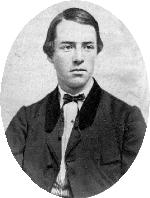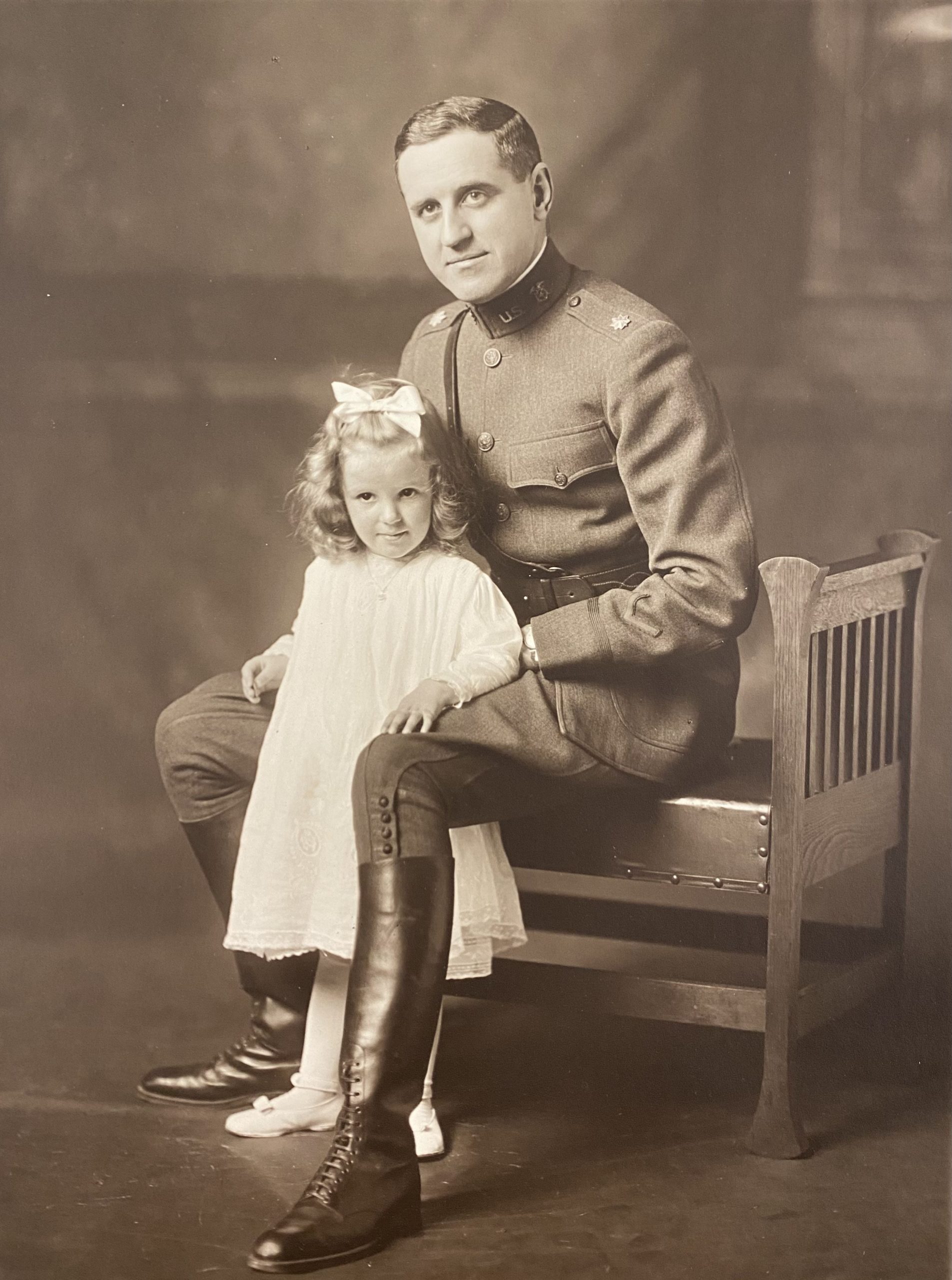A Journey Through Time: Unraveling the History of MIT Endicott House
by MIT Endicott HouseThe rich history of the MIT Endicott House and its surrounding gardens began in the 19th century with a dedicated horticulturalist in a well-to-do Boston family, and follows 150 years of loving stewardship by its consecutive owners.
Early History: The General & Rockweld
 The land that comprises our grounds now was originally purchased by Stephen Minot Weld, Jr. Born in 1842, Weld fought for the Union in the American Civil War at the young age of 19, and was eventually given the honorary promotion to Brigadier General for his service by President Andrew Johnson.
The land that comprises our grounds now was originally purchased by Stephen Minot Weld, Jr. Born in 1842, Weld fought for the Union in the American Civil War at the young age of 19, and was eventually given the honorary promotion to Brigadier General for his service by President Andrew Johnson.
After he returned from the war, he experienced a number of consecutive hardships: his father died unexpectedly in 1867, leaving him with little guidance and without the reputation of his father to fall back on. The felting mill which he had inherited failed, and his attempt to restart with a cotton mill (paid for with $25,000 borrowed from a friend) also failed when it was washed away by a flood. Through all of this though, he persevered, and was eventually able to build his own fortune as a cotton broker through his company, S.M. Weld & Co.
Through all of his difficulties, Weld found solace in his love of horticulture. He used his fortune to purchase a 50-acre plot of land outside of Dedham which he named Rockweld. He built a mansion on the grounds, and used the variety of landscapes found throughout the property to satisfy his horticultural dreams. The estate eventually boasted one of the finest rock gardens in the country, which Weld designed himself, along with over 500 varieties of flowering plants sourced from all around the world.
Between the 1880s and the 1920s, Rockweld was heralded as a “particularly fine example of the naturalistic style of landscape architecture.” At its peak, the estate employed eight gardeners and required several greenhouses to maintain.
The Endicotts
 In the 1931, the property was sold to H. Wendell Endicott, who was also an avid horticulturalist. He preserved the magnificent gardens on the property, but he and his wife, Priscilla, decided to demolish the existing home that Weld built and replace it with the mansion we have now on the property.
In the 1931, the property was sold to H. Wendell Endicott, who was also an avid horticulturalist. He preserved the magnificent gardens on the property, but he and his wife, Priscilla, decided to demolish the existing home that Weld built and replace it with the mansion we have now on the property.
The couple were involved in every step of building and decorating what would become the Endicott House, which was designed by renowned architect Charles Platt and took several years to complete. Italian painters were commissioned for the detailed work on the ceiling in the Living Room, and many marble fireplaces were imported from Europe to be put throughout the home. Once the construction was done, they decorated with rare paintings, tapestries, antique furniture and oriental rugs, many of which remain in the home to this day.
The family lived in the mansion until Wendell’s death in 1954. Upon his death, Wendell requested that the mansion, along with 25 acres of grounds, be donated to an “educational, scientific, or religious organization”. The estate was offered to MIT, which opened the mansion in 1955 as a conference center.
The Modern Endicott House: MIT’s Stewardship
The Endicott House and the surrounding grounds have been dutifully maintained by MIT since 1955. In 1983, a large additional building was constructed on the property and named the Brooks Center, after Edward Pennell Brooks, the founding dean of MIT’s Sloan School of Management and a close friend of Wendell Endicott.
Today, MIT’s horticulturalists continue the Weld and Endicott legacy by using the grounds and greenhouses to maintain the site’s magnificent gardens. Not only do the gardens feature hundreds of varieties of flowering plants and trees, but gardeners have also curated a year-round vegetable and herb garden, the yields of which is used daily in the Endicott House kitchen.
The House and surrounding grounds are available for meetings, conferences, and events, as well as being available exclusively to MIT community members as a picturesque wedding venue.
Recent Blogs
How MIT’s Endicott House Helps You Meet Your Meeting Goals – No Matter the Obstacles
For planners who are responsible for both outcomes and attendee experience, choosing a venue with flexible meeting booking that is built to handle those unknowns becomes essential rather than optional.
The Science of Better Meetings: Research-Backed Ways to Spark Cooperation and Innovation
Discover research-backed ways to design hybrid meetings that boost cooperation, innovation, and team performance at MIT Endicott House.
In-Person Meetings Still Matter for Boston Businesses in an AI-Enabled World
Discover why in-person meetings still matter for Boston businesses in an AI-driven world. Explore their impact on collaboration, trust, creativity, and decision-making quality.





